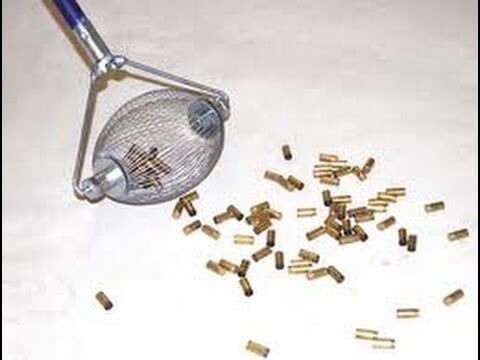Home » Equipment and Book Reviews »
Equipment and Book Reviews
Things we use or read to make DGW homestead work better.
Lee Universal Decapping Die Review
For under $15.00 the Lee Universal Decapping Die is one of the best pieces of reloading gear you can get, heck it’s a bargain… Read More »Lee Universal Decapping Die Review
90 amp Harbor Freight Welder Review
This review may be a little controversial – it all depends on if a professional welder reads it… I want to learn to weld,… Read More »90 amp Harbor Freight Welder Review
Brass Wizard Review
Today’s review is on a device that gets me more oohs and ahhs at the gun range than my spectacular shooting skills or neato… Read More »Brass Wizard Review
Shell Sorter Review
Like I said in my Brass Wizard review, one of the things I dislike doing is sorting brass for reloading. It’s not that hard… Read More »Shell Sorter Review
- « Previous
- 1
- …
- 72
- 73
- 74




